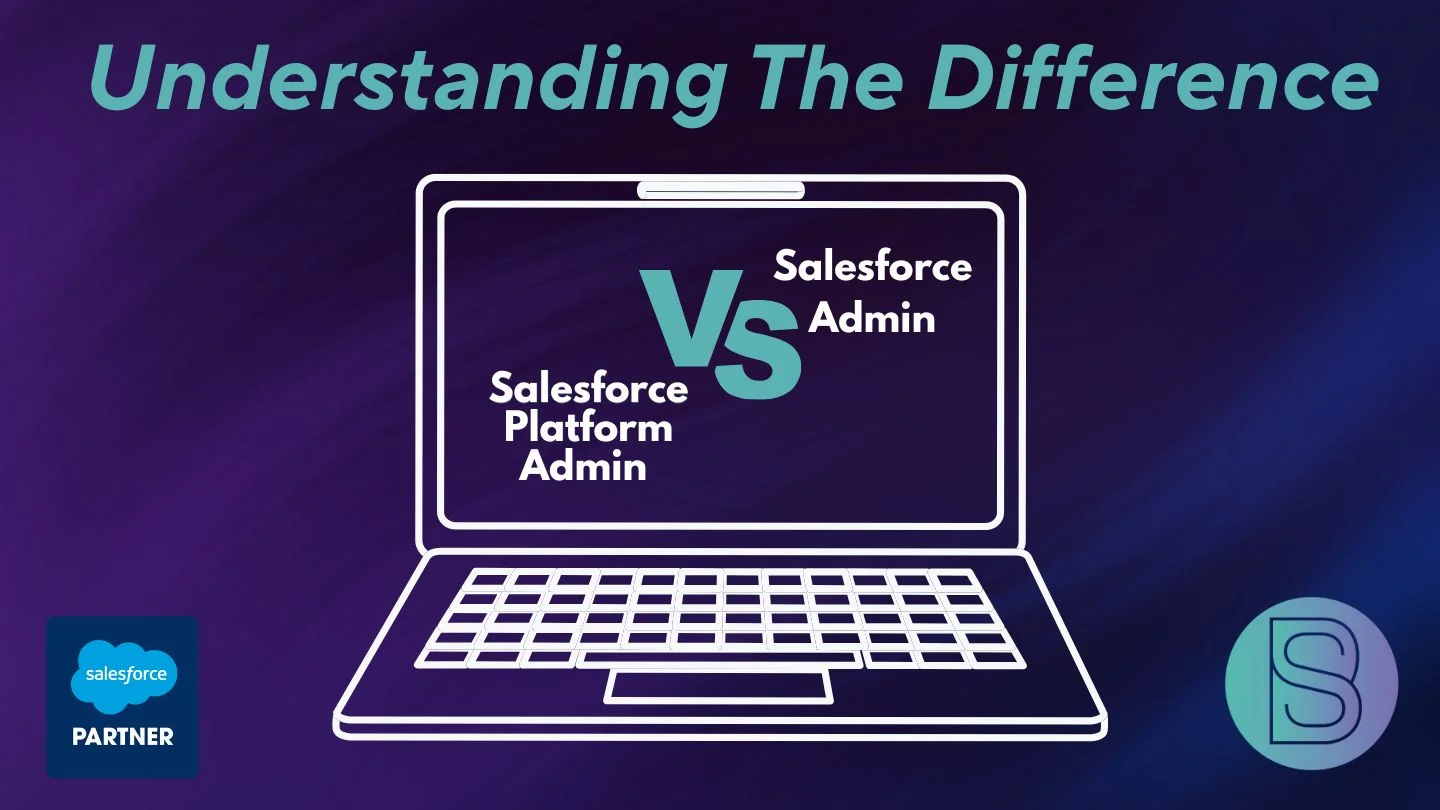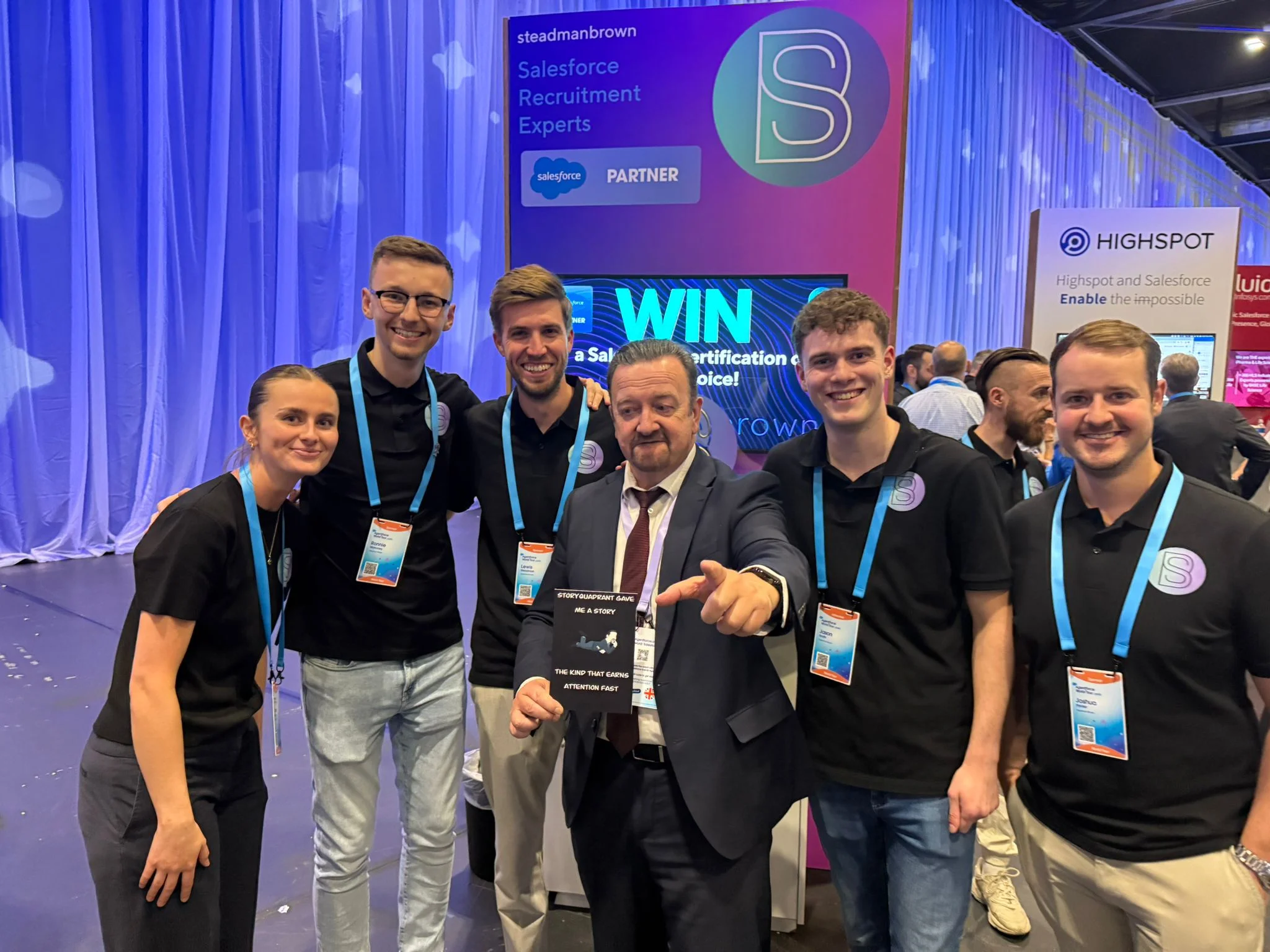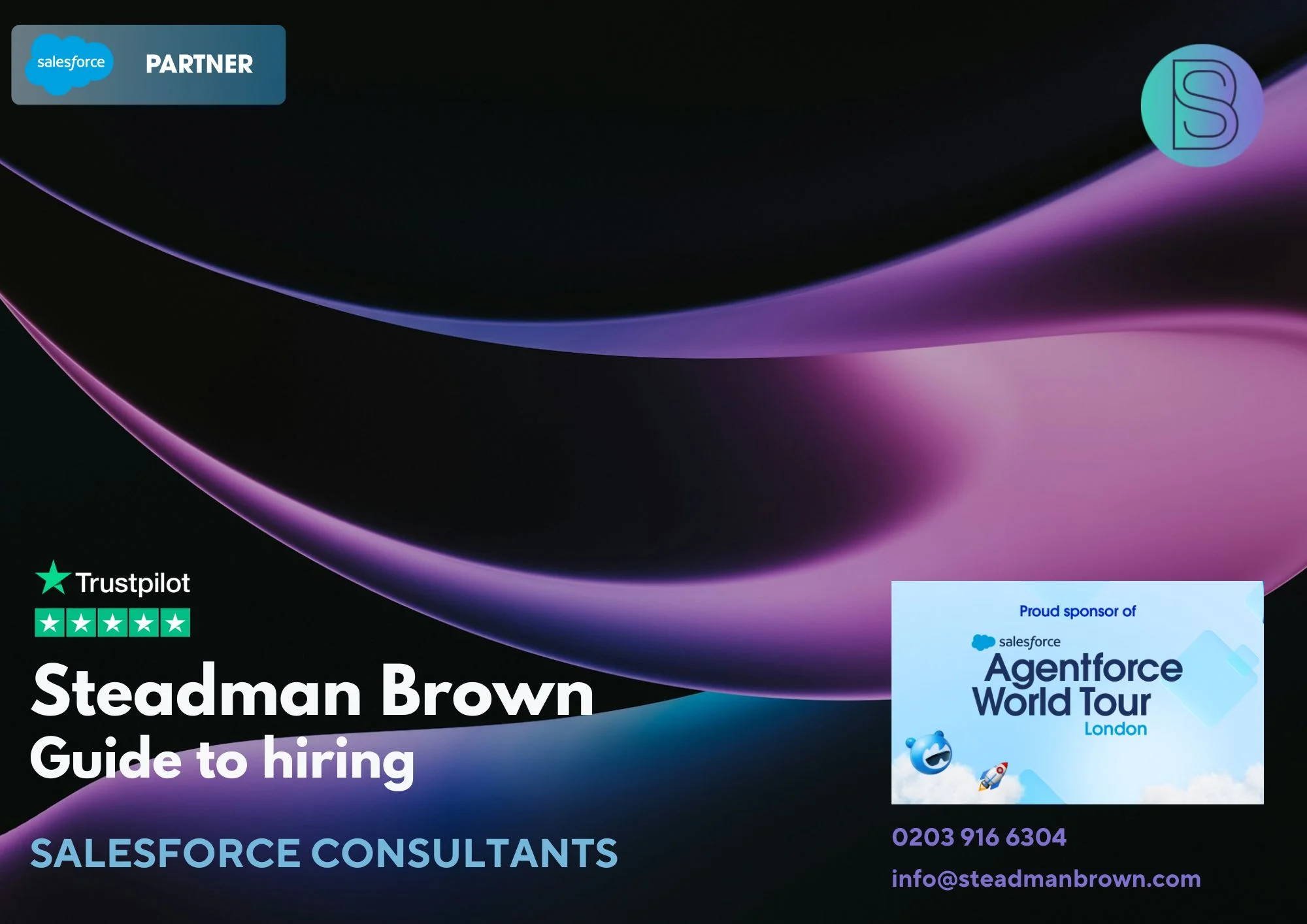
Understanding the difference between the Salesforce Platform Administrator, and the Salesforce Administrator.
One confusion we see happening more and more frequently in the salesforce ecosystem, is the misconceptions between the Salesforce Platform Administrator and the Salesforce Administrator role. Despite the similar names, these two titles actually have key differences and responsibilities. Our blog aims to tell you why separating the two titles is crucial, and help you understand how your org could benefit from these two employees in their unique paths of salesforce administration.
What is the role of the Salesforce Administrator?
The Salesforce Administrator is one of the most well known Salesforce positions. Their objectives include the daily maintenance and management of the org, as well using their knowledge and innovation of Salesforce to drive platform enhancements. Their goal is to support the business through tasks such as process automation, support for users, and troubleshooting.
What is the role of the Salesforce Platform Administrator?
Whilst the goal of the Salesforce Platform Admin is to also support the business, this support comes from a different kind of Salesforce administration. Their primary objective is to manage and own Salesforce as a platform, rather than a department or process tool (E.g. Sales department). Which means essentially, they lay and maintain sturdy foundations that allow Salesforce to be built on and optimised by Sales, Service and Marketing departments.
Daily expectations should include a focus on data management and security. For example, focusing on platform security, and 3rd party integration access security. By having a Platform Admin on board, it means there is a constant governance and your org should always be in order. For instance through sandbox management, continuous auditing and health-checks of Salesforce, and monitoring governor limits. By maintaining the platform's infrastructure, they ensure it's ready to be scaled but are also acutely aware of its health and limitations. The Platform Administrator will also work with Salesforce developers, Release Managers and QA’s, as their role is both relative to the org and devops as a whole.
Also, this person should have their Salesforce Administrator certification, and some will have their Platform App Builder.
Similarities:
Though not too many, there are still some similarities that exist between the two positions. For instance, both the Salesforce Platform Admin and standard Salesforce Admin should both have a deep understanding of Salesforce Administration. This includes having their Salesforce Administrator certification, as well as an awareness of general configuration and how things operate behind the org. As both work to achieve the wider goals of the business, the two will at times, naturally cross over. However, with unique areas of administration to focus on and a difference in objectives, similarities should be limited.
The Chinese Wall between the Salesforce Admin and the Platform Admin:
The best analogy for understanding why the boundaries exist between the two Salesforce administrators, is the Chinese Wall. This is the establishing of a clear barrier between each job role and the prevention of cross overs where possible. Despite their similar names, these roles should be separated based on the strengths and weaknesses of the two, where understanding of their differences will help them both thrive on separate pathways! Crossing over will naturally occur at times, but with unique responsibilities that achieve different goals, you will get the most out of each employee.
This is why your existing Salesforce Administrator and Salesforce Platform Administrator should be limited in crossing over their work or working on the same tasks. Or equally, if your org has only one of the two titles, but you expect this individual to cover both job descriptions, you may be neglecting a core area! The risk of these two instances is that one set of administrative duties always becomes favoured. For instance, periods of time spent focusing on flow may mean important processes that lay the foundations for your org are left out. Equally, sole focus on user security may mean you miss out on latest features that could automate key processes in your business. Separating the two roles clearly gives each department the best opportunity to thrive.
Conclusion:
To conclude, both the Salesforce Platform Administrator and the Salesforce Administrator positions should exist in mid to large businesses using Salesforce. Though the two roles may sound similar, understanding their different responsibilities is key. If both roles are established individually, with clear, separate visions, you can guarantee a strong and sturdy platform with foundations that are ready to be built on and developed by your Salesforce admin.



